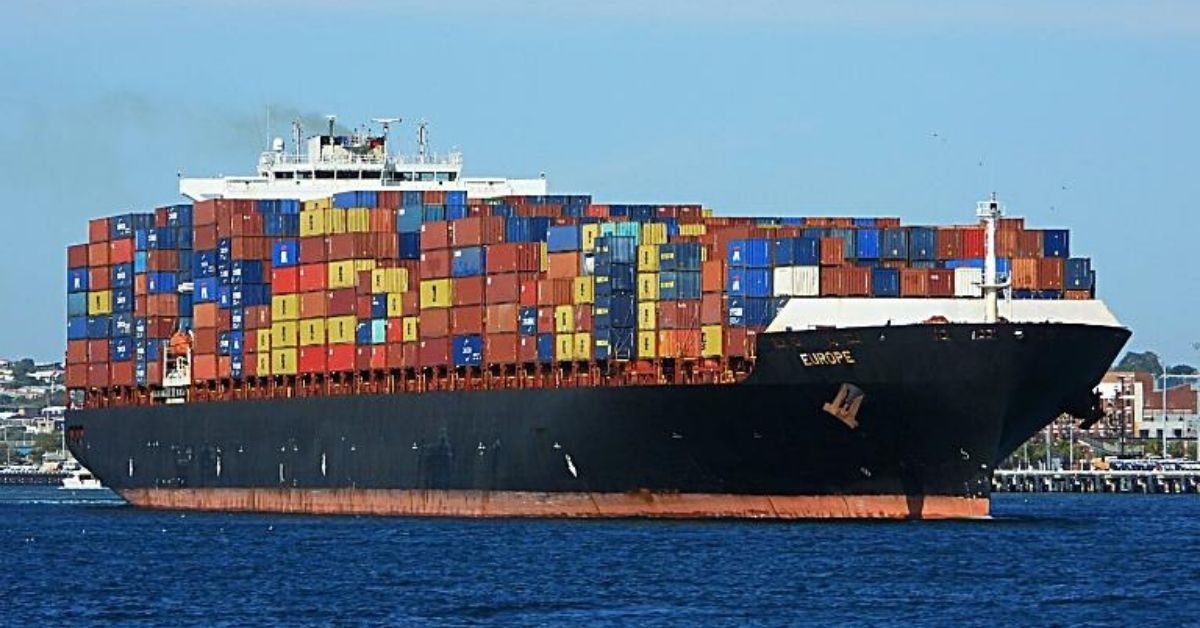On the westbound India-Europe trade, average short-term contract rates from West India [Jawaharlal Nehru Port (JNPT)/Nhava Sheva or Mundra Port] to Felixstowe/London Gateway (UK) or Rotterdam (the Netherlands) have fallen to US$450 per 20-foot container and US$550 per 40-foot container, from US$600 per 20-foot container and US$675 per 40-foot container at the end of October.
For West India-Genoa (the West Mediterranean) bookings, October contract rates have dropped to US$425/TEU, from US$550, and US$550/FEU, from US$600.
However, eastbound cargo (imports into India) rates for these port pairings have ticked up from end-October averages, to US$650/TEU and US$700/FEU, from US$600 and US$650, respectively, for bookings from Felixstowe/London Gateway to West India, and to US$750/TEU and US$850/FEU, from US$650 and US$750, for shipments from Rotterdam to West India.
For trades from the West Mediterranean (Genoa) to West India, November rates have moved up to US$450/TEU and US$650/FEU, from US$350 and US$500, respectively, last month, the analysis found.
Short-term contract prices on the India-US trades have further cooled from end-October levels in a sign of persistent cargo pressure for major carriers. Average rates in November for shipments from West India (Nhava Sheva/Mundra) to the US East Coast (New York) have dropped to US$1,350/TEU, from US$1,500, and to US$1,550/FEU, from US$1,700/FEU in October. For Indian container loads moving to the US West Coast (Los Angeles), rates are down to US$1,250/TEU and US$1,550/FEU, from US$1,500/TEU and US$1,850/FEU reported last month.
For the West India-US Gulf Coast (Houston) trades, TEU rates have seen a recovery month-on-month – up to US$1,850/TEU, from US$1,700, but FEU rates have held firm – at US$2,350/FEU, according to the CN analysis.
Short-term contract rates on the US-India trades (return leg) have softened the averages seen in October, down to US$375/TEU, from US$475, and US$450/FEU, from US$550, for cargo moving from the US East Coast to West India, and down to US$900/TEU, from US$1,000. and US$1,100/FEU, from US$1,150, for US West Coast-West India bookings.
August average rates from the US Gulf Coast to West India have also dropped, to US$700/TEU and US$1,000/FEU, from US$800 and US$1,100, respectively, a month ago.
Carrier contract rates on intra-Asia trades out of India have seen further declines in November, month-on-month, the CN analysis found.
For West India-Yantian (South China), the analysis has put average rates at US$75/TEU and US$150/FEU, down from US$100 and US$200, respectively, while for West India-Shanghai (Central China), rates have continued to be in negative territory, with carriers quoting US$5 for both TEU and FEU loads.
For West India-North China (Tianjin) trades, October rates have seen a further slide, slipping to US$35/TEU and US$75/FEU, from US$50/TEU and US$100/FEU reported at the end of October.
Similarly, for Indian cargo to Singapore and Hong Kong, there seems to be no letup in the rate slide, with carriers accepting bookings at as low as S$5 for both TEU and FEU bookings, according to the CN analysis.
Rates have also sunk on the India-Middle East trade because of significant capacity additions. Average October prices for a TEU booking West India (Nhava Sheva/Mundra)-Jebel Ali/Dubai shipments have continued to hover at as low as US$5/TEU and US$15/FEU.
Meanwhile, if the latest Indian trade data is any indication, an export recovery is on the horizon. According to statistics released by India’s Ministry of Commerce & Industry, the country’s outbound merchandise trade by value in October saw a 6.2% rise year-over-year, after a long streak of declines.
“This suggests that the exports sector is on the road to recovery due to the resilience shown by it,” A Sakthivel, president of the Federation of Indian Export Organisations (FIEO), said in a statement.
Sakthivel, however, noted, “Demand is still an issue in many markets due to high inventory and growth reflects that we may be eating into the share of some other countries.”
He also pointed out, “The growth of 6.21% in merchandise exports is a good sign as this has happened despite weak demand and moderation in commodity prices, which spiked last year after the Ukraine war.”
The FIEO went on to add, “The geopolitical tension in West Asia had also made businesses and markets sceptical and nervous, but the conflict will have a limited impact unless it escalates and more countries join in.”
According to Sakthivel, “While goods exports growth has remained somewhat sombre, services have continued on with its momentum and maintained a rising trend, helping to narrow the overall trade deficit and keeping the current account deficit under check.”






